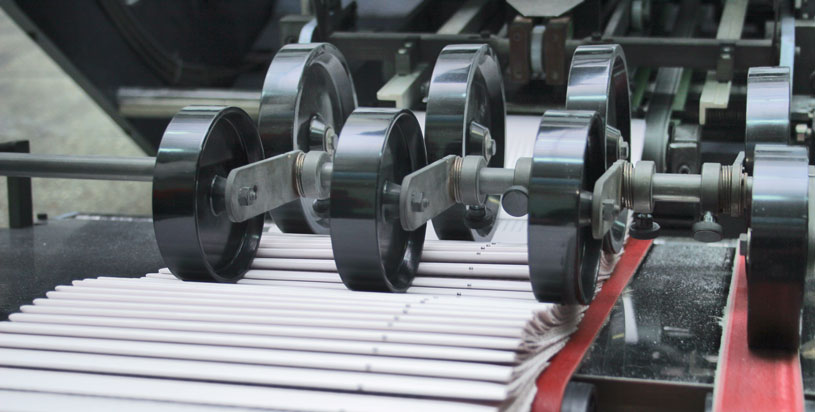
Tom Allman’s Dissertation
In 2013 our Director of Valuations, Tom Allman, completed his BSc degree in Estate Management achieving First Class Honours.
His final year dissertation was a project entitled: “a researched refinement of the Depreciated Replacement Cost (DRC) method as a guide to market values (MV) for Machinery & Business Assets valuers.”
Depreciated Replacement Cost (DRC) is a valuation method that can be used by machinery valuers as a tool for estimating market value in the absence of reliable comparable evidence. Many would question its reliability and whether it produces MV. Its use involves estimating the economic life and residual value of a machine, in order to derive its DRC. This is calculated by using the machine’s current new replacement cost and a reducing-balance depreciation profile table to ascertain an estimated value at a certain point in the machine’s life. This produces a theoretical value (DRC) which can then be adjusted for any assumptions (such as removal costs etc.) to estimate its market value. The perceived problem that Tom addressed in his dissertation was that the prediction of economic life and residual value are largely subjective and usually based on a valuer’s skill and experience. Such subjective judgments might prove difficult to defend in court.
The dissertation investigated the idea that DRC could be made more useful for machinery valuers, by objectifying estimates of residual value and economic life (i.e. basing them on empirical market evidence). Part of the research analysed market evidence of reducing-balance depreciation rates for three different categories of machinery in order to derive and conclude average depreciation rates per year for each category, to use as a starting point, which can then be adjusted to reflect the attributes of the particular machine being valued. The following average reducing balance depreciation rates were concluded (although different manufacturers indicated different rates):
Construction Plant – 13.5% per year
Lithographic Printing Machines – 11% per year
CNC Machine Tools – 14% per year
One of the main findings of the project is that the categories investigated generally tend to depreciate at a slightly higher rate per year at the beginning of their lives than at the end. This means that using a different reducing-balance rate depending on the age of the machine being valued, may be justified and appropriate, when using DRC to estimate MV.
The project involved analysing real auction results and Tom’s findings included the fact that the Marriott & Co. auction results analysed, on average, indicated lower depreciation rates than other sales evidence for both printing machines and CNC machine tools. This appeared to indicate that Marriott & Co. was outperforming its contemporaries by achieving better auction results. Although discovering this was not one of the objectives of the research, it was something we were obviously pleased to learn and were keen to share with our clients!

